Hanse |
|
|
|
| Übersicht – Contents: | |
Diese Seite ist Teil des Projektes
Hanse |
|
|
|
| Übersicht – Contents: | |
Flagge – Flag: |
|
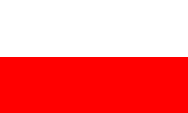 |
Farben der Hanse – colours of the Hansetic League |
Bedeutung/Ursprung der Flagge – Meaning/Origin of the Flag: |
|
| Die Hanse hatte keine Verfassung und auch keine offizielle gemeinsame Flagge. Normalerweise wurden auf See die Flaggen der jeweiligen Hansestadt verwendet, aus der das jeweilige Schiff stammte. | The Hanseatic League had no constitution and no official common flag. Normally, at sea, the flags of that Hanseatic city was used where the respective ship came from. |
| Das war vor allem in Friedenszeiten so gewesen. Im Kriege konnte die Hanse eine gewaltige Flotte aufbieten, und es sind Gemälde überliefert, die Kriegsschiffe der Hanse mit einer zweistreifigen Flagge in Weiß und Rot zeigten, ein inoffizielles gemeinsames Symbol. | That was usually especially in times of peace. In war, the Hanseatic League could muster a huge fleet, and there exist old paintings, which show war ships of the Hanseatic League with a flag with two stripes in white and red, an unofficial common symbol. |
| Die Farben Rot und Weiß waren die Farben der meisten Hansestädte, vor allem in der Ostsee und hier speziell die Farben der Stadt Lübeck. Lübeck war die mächtigste Stadt in der Hanse und somit tonangebend, und ihre Farben dürften für viele Hansestädte Pate gestanden haben und sind letztendlich die gemeinsamen Farben der Hanse. | The colors red and white had been the colors of the most Hanseatic cities, especially in the Baltic Sea, and here especially the colors of the city of Lübeck. Lübeck was the most powerful city in the Hanseatic League and thus setting the tone, and their colours were the model for many Hanseatic cities and in this way they became the common colors of the Hanseatic League. |
|
|
|
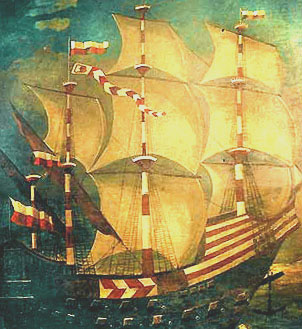 |
|
| Quelle/Source: Volker Preuß | |
| Die Hanse war ein loser Bund ohne feste Verfassung. Sie entstand im 12. Jahrhundert als Bund von Kaufleuten in der Nord- und Ostseeregion, als Zweckbündnis für Handelsinteressen und gegenseitige Unterstützung. Im 13. Jahrhundert wurde ein Städtebund unter der Führung Lübecks daraus. Oft widersprach die Hanse den Interessen des Kaisers und des Reiches. Wichtige Beschlüsse wurden während der Hansetage, meist in Lübeck, beschlossen. Was hier entschieden wurde war bindend. Die Hanse umfasste Städte vom Niederrhein bis Livland und von Stockholm bis Krakau oder Breslau. Es gab Niederlassungen u.a. in London, Bergen, Oslo, Kopenhagen und Nowgorod. Zeitweise gehörten 160 Städte zum Bund, die zum Schutz ihrer Interessen eine energische Seestreitmacht aufbieten konnten, ob gegen Piraten oder ganz offen, gegen England, Flandern oder Dänemark. Die Landesfürsten zwangen seit dem späten Mittelalter die Städte zum Austritt aus der Hanse, und sie konnte den erstarkenden Ost- und Nordseestaaten nichts mehr entgegen setzen. Schiffe aus den Niederlanden und Engländer drangen in die Ostsee vor und beseitigten die Vorrechte der Hanse. Auf dem letzten Hansetag 1669 waren nur noch 6 Städte vertreten. |
| The Hanseatic League was a loose federation with no fixed constitution. It originated in the 12th century as a federation of traders in the North and Baltic Sea region, as a marriage of convenience for trade interests and mutual support. In the 13th century, it became a league of cities under the leadership of Lübeck Town. Oftenly the interests of the Hanse contradicted to the the interests of the emperor and the empire. Important decisions had bee passed during the Hanseatic Days, done mostly in Lübeck. What was decided here was binding. The Hanseatic towns covered an area from the Lower Rhine to Livonia and from Stockholm to Krakau and Breslau. There were branches inter alia in London, Bergen, Oslo, Copenhagen and Novgorod. At times 160 cities were part of the league, which could muster a vigorous naval force to protect their interests, whether against pirates or openly, against England, Flanders and Denmark. The country's rulers forced in late Middle Ages the cities to withdraw from the Hanseatic League, and they could do nothing against the growing strength of th states in the Baltic and North Sea. Ships from the Netherlands and England advanced into the Baltic Sea and removed the privileges of the Hanseatic League. On the last Hanseatic Day in 1669 only 6 cities were represented. |
| Quelle/Source: Discovery '97 |
|
Flaggen einiger Hansestädte – Flags of some Hanse cities: ca. 13. bis 16. Jahrhundert – ca. 13th to 16th century |
|
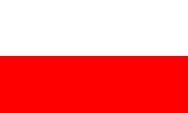 |
Flagge von Lübeck – flag of Lübeck City, Quelle/Source, nach/by: World Statesmen |
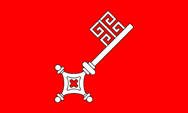 |
Flagge von Bremen – flag of Bremen City, Quelle/Source, nach/by: Flags of the World |
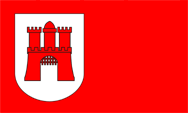 |
Flagge von Hamburg – flag of Hamburg City, Quelle/Source, nach/by: Flags of the World |
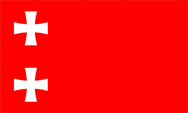 |
Flagge von Danzig – flag of Danzig City, Quelle/Source, nach/by: Flags of the World |
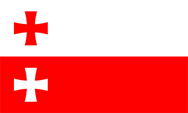 |
Flagge von Elbing – flag of Elbing City, Quelle/Source, nach/by: Flags of the World |
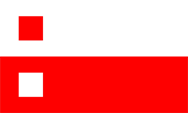 |
Flagge von Stettin – flag of Stettin City, Quelle/Source, nach/by: Flags of the World |
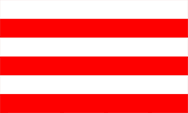 |
Flagge von Wismar – flag of Wismar City, Quelle/Source, nach/by: Flags of the World |
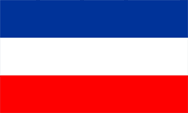 |
Flagge von Rostock – flag of Rostock City, Quelle/Source, nach/by: Flags of the World |
 |
Flagge von Königsberg – flag of Königsberg City, Quelle/Source, nach/by: Flags of the World |
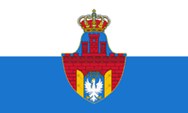 |
Flagge von Krakau – flag of Krakau (Cracow), Quelle/Source, nach/by: Wikipedia (PL) |
| Der Name "Hanse" stammt von dem althochdeutschen Wort "Hansa" ab, was mit "Schar" oder "Bund" zu übersetzen ist. | The name "Hansa" has its roots in the Old High German word "Hansa", which is to translate as "Federation" or "Company". |
| Quelle/Source: Discovery '97 | |